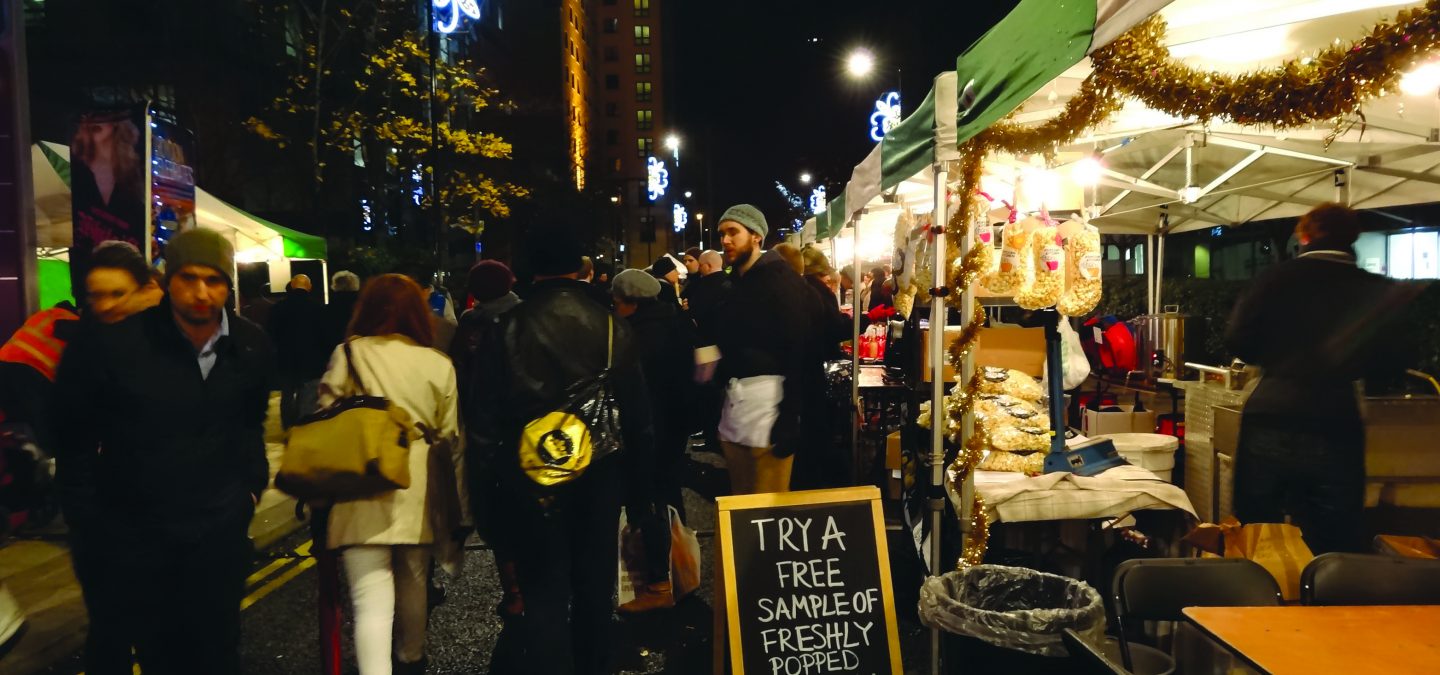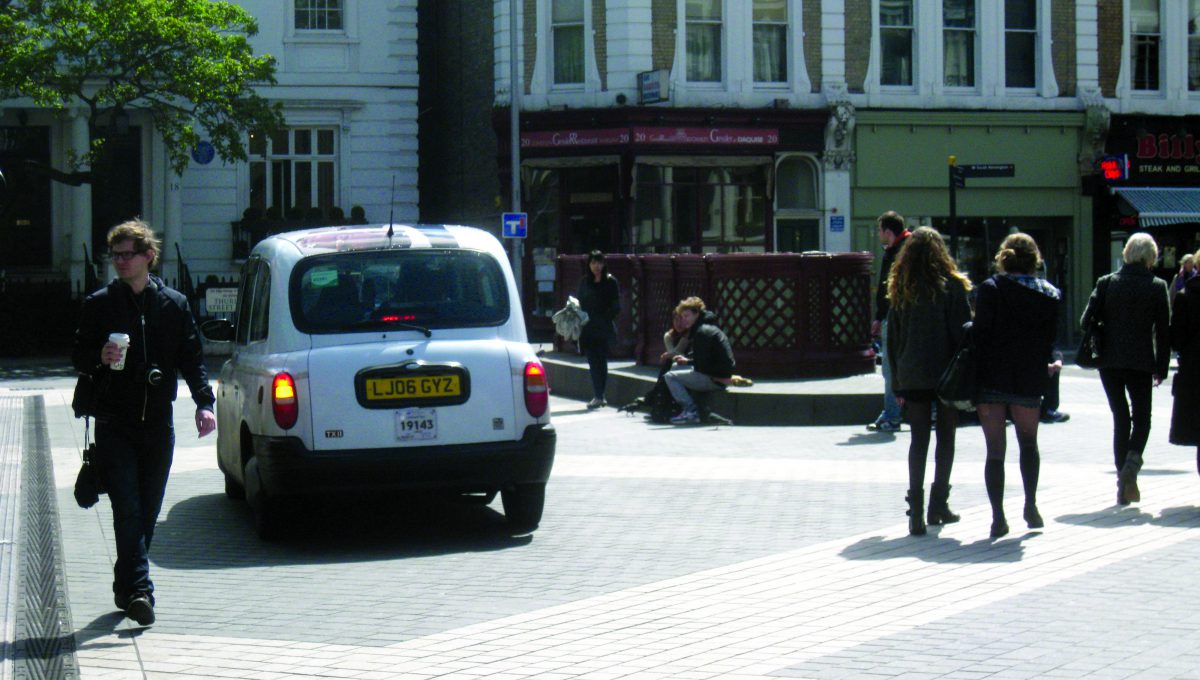
Keep up with our latest news and projects!

The dynamic pace and vibrant rhythm of city life trigger our imagination. Most city centres have spots where daily rhythm is active and where people meet at all hours of the day. The public realm offers a stage to perform and for users to express their message, whether it’s economical, corporate, social, environmental or artistic. For each person, there’s somewhere to go, something to do. However sometimes these city rhythms are largely interrupted. Auto-dominance, inactive plinths, and
empty buildings contribute negatively to the city centre. Segregation of functions made things even worse. In the past 60 years, many cities chose to pedestrianise their city centres, reducing the variety of activities in their public spaces.
Citizens in many city centres do use public space in a very flexible manner – cars, trams, people, all mix. In spite of this flowing movement of people, current public space often does nothing to take advantage of this. In general most parts of the city centre are too monotonous. A large part has to do with its poor public realm. Programming buildings and addressing inactive frontages along walkable public space are essential to improve the public realm. The challenge for public space is not just about well-designed space, but mostly about programming and activating space. To get there urban space has to be better defined and improvements to the network of public realm should result in a walking continuity, having perfect main street crossings with both pedestrians, bikes and cars on the same level and having wide and comfortable sidewalks. Creating a well-functioning public realm is about generating places to meet, for exchange, and to watch or being watched.
‘Space‘ must be turned into ‘place’, by creating inviting places to stay. People want places to sit, contemplate, debate, perform. To contribute to a vibrant streetscape it is important to have these places to stay and enjoy public space. The balance between ‘place’ and ‘movement’ in the city calls for directing the movement and changeability in the use of space. It is about improving the balance between fast and slow transport; between targeted exercise and recreational activity. Within the city a scenography of spaces should be orchestrated, allowing informal uses, rebalancing space and movement.
 Shared Space in Exhibition Road, London, UK
Shared Space in Exhibition Road, London, UK
A recent trend in street design, that of shared surfaces, aims to mix different types of users and to provide access for all. Today’s uses suggest something beyond that, which lead to the concept of ‘shared space 2.0’. A main element of success is prioritizing pedestrians and slowing traffic in the city, without eliminating motorized traffic. The pillar of the program is making busy and quiet places. We have to make interplay between ‘relax’, the most harmonious form of ‘place’, with ‘flux’, the most proper way of movement. It goes beyond mere surface treatment and embraces the natural ebb and flow of public spaces – those of flux and relax. At certain times spaces need to allow for more flows through, while at other times they want to allow for moments of pause and rest. The design and programming of a space can reflect and enhance this reality. These rhythms can vary throughout the day, weekly, monthly, and yearly.
Informal uses in public realm can be stimulated by introducing elements that are just as high as seating elements, but are not designed as such. These can be for example staircases along the water, high edges along planters, or just objects that can be positioned in different ways. Changing the components of the space can accommodate dynamic use of spaces. Switching on or switching off water elements makes these spaces suitable for organizing events whilst on quiet moments the joy and pleasure of the water element turns them into an inviting place to stay.
There are busy places and places that have less visitors, but still work perfect in the network of public realm. In residential areas, a sense of hierarchy in space typologies must be developed ranging from public, semi-public, collective neighbourhoods, and community accessible school grounds. Shared space 2.0 incorporates the characters of the city’s diverse communities, allowing for moments of intensity in its bustling commercial spaces and for moments of respite in its more residential quarters via the definition of a hierarchy of spaces – front yards, courtyards, playgrounds, etc.
Interested? Join The City At Eye Level and share your story!
Discover morePublic space of tomorrow is the setting for situations that return. Daily life takes place in a pattern that repeats itself, but there are also differences. Deleuze’s Différence et répétition applies to shared space 2.0. Public life in cities will have its daily routine of rush hour, lunchtime and moments of quietness, however it also has special peak moments.